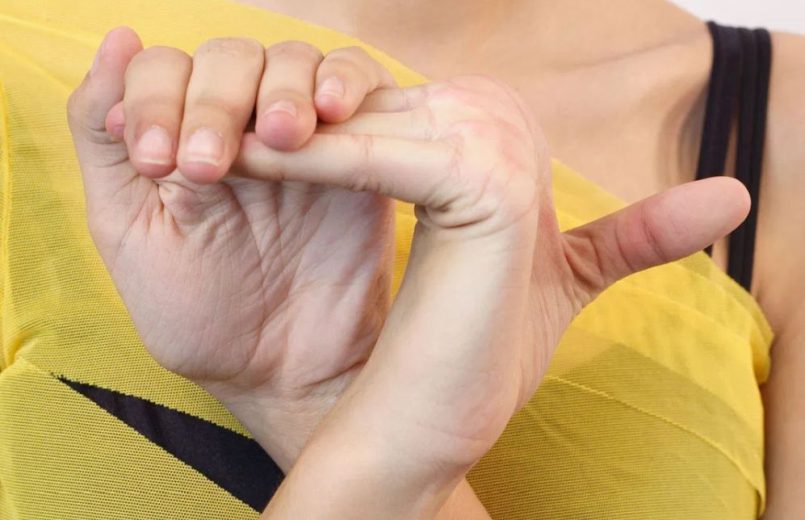Between 5-15% of the population is hyperlax. Studies show that joint hypermobility is more common in women than in men and that it can have a higher incidence in childhood and decrease with age.
The relationship between hypermobility and pain in the musculoskeletal system is common in some people. When recurrent or frequent physical changes occur, it is known as “joint hypermobility syndrome .” Normally, these patients do not present problems due to their elasticity, but they do suffer recurring injuries that must be treated.
What is hypermobility?
It is understood that hypermobility when the mobility of a joint is exaggerated or its range of motion is greater than usual. This is due to the laxity of its ligaments in the articular area.
Its diagnosis is detectable by Maneuvers or the Beighton Test, a tool where the rheumatologist in Delhi checks 5 positions of the joints, these are taken to the limit and are rated on a scale of 0 to 9. An adult is considered hypermobile when he reaches the 5 points and the children when they get 6 or more.
Symptoms of joint hypermobility
At a general level, these symptoms begin in childhood and adolescence. These people may be more sensitive to muscle or joint pain. “Joint pops” are also common in their daily lives, although they are not an alarming indicator.
Some injuries or physical complications can occur more frequently in people with these characteristics:
- Tendinitis and capsulitis.
- Increased chance of sprains.
- Dislocations in the joints.
- Low back pain.
- Joint dislocations.
- Spinal deviations or scoliosis.
- Flat feet.
- Knee osteoarthritis.
- Repeating torticollis.
- Hernias.
How physical therapy works with hypermobility
The physiotherapist in Dwarka will carry out an initial examination and clinical reasoning to determine which is the best treatment in each case. If necessary, he will prescribe or recommend exercises for the muscles in the affected area, stretching, or more intensive warm-up sessions before playing sports.
It is very important to monitor the evolution to detect possible repetitions or frequent alterations that are part of a picture of hypermobility syndrome or other syndromes.

